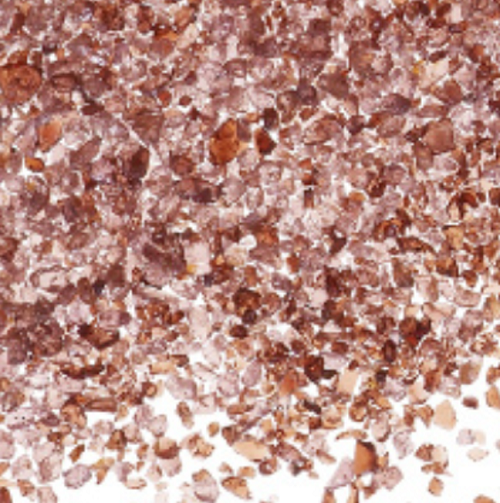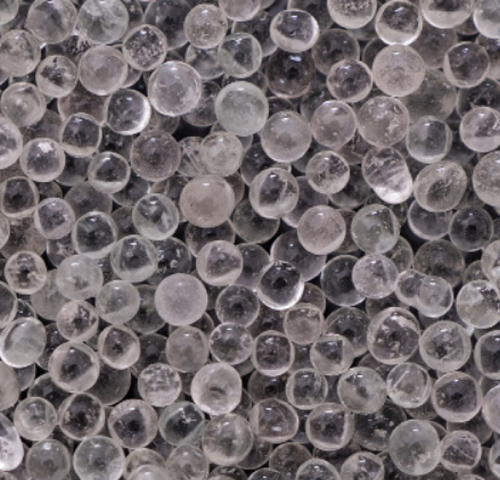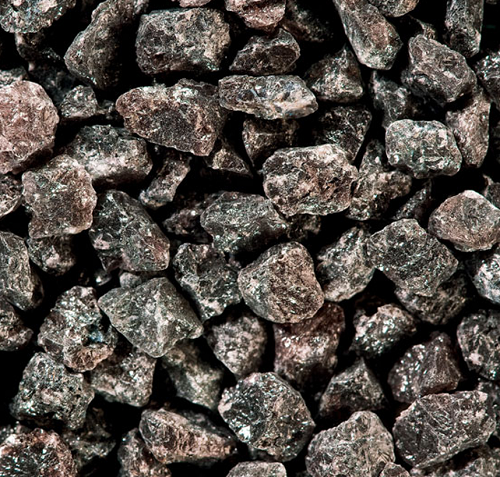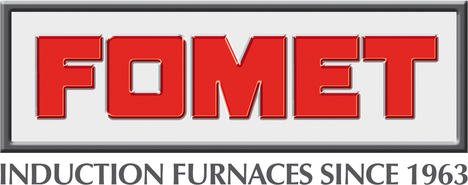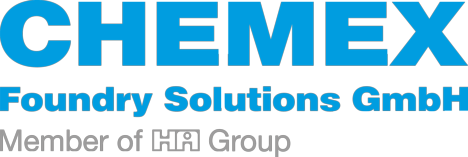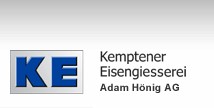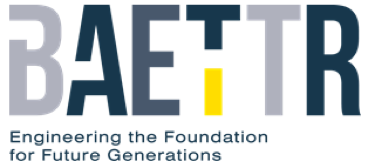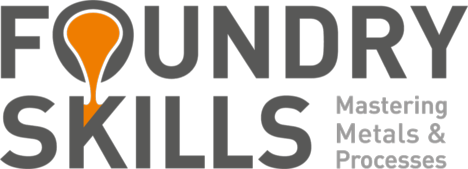Nonmetallic blasting abrasives
Abrasives can be roughly divided into metallic and non-metallic types. The most common non-metallic grades are:
Garnet
Garnet (Fig. 1) is a natural mineral abrasive which is irregularly shaped with polished edges, it contains no heavy materials and has a low level of free silica. Because garnet is very heavy and hard for a mineral abrasive it accomplishes a fast cleaning or cutting rate. Garnet is the abrasive of choice for water jet cutting and blasting applications. Some of the advantages of garnet are fast cleaning and cutting, relatively low dust generation as compared to copper- or coal slag, environmentally friendly and reusability.
Glass beads
Glass beads (Fig. 2) are a reusable abrasive and are mainly used in blast rooms and blast cabinets. Glass beads contain no free iron to cause corrosion on non-ferrous surfaces, therefor glass beads are very suitable to use on all types of metals. Since it doesn’t create an anchor profile, it is mainly used to clean a substrate without roughening it or to polish the surface
Corundum
Corundum (Fig. 3) is mainly used as a recyclable abrasive in blast cabinets and blast rooms. Because of its low iron content, alumina is often used in blasting operations where iron contamination on the non-ferrous metal substrate is not allowed. Aluminum oxide is a very hard and sharp abrasive that cleans rapidly. It leaves an anchor profile prior to coating and is suitable for removal of scale, rust and old coatings. Furthermore, it is used for ceramic grinding wheels, refractory applications and polishing and grinding.
Aluminum silicate
Also known as coal slag is a dispensable abrasive which is a by-product. Aluminum silicate generates less dust than copper slag and is mainly used in open blasting operations in the oil- and shipyard industry.
Additional references:
Blasting abrasives
Metallic blasting abrasives
